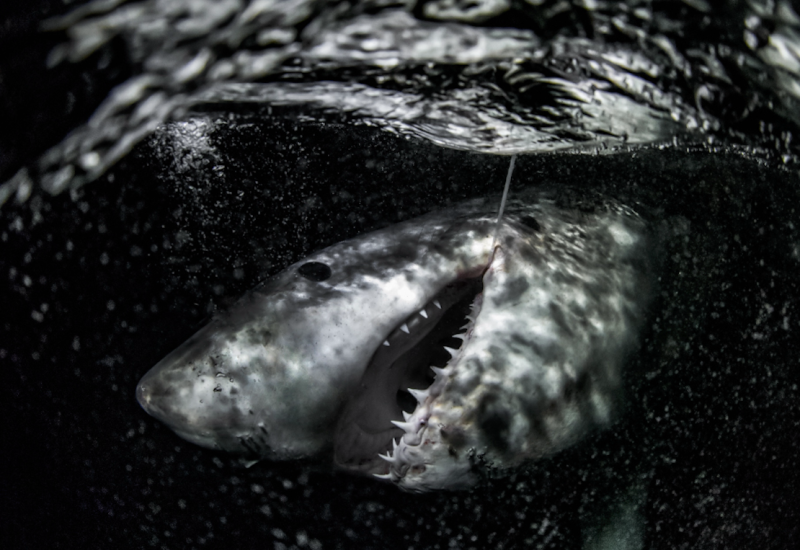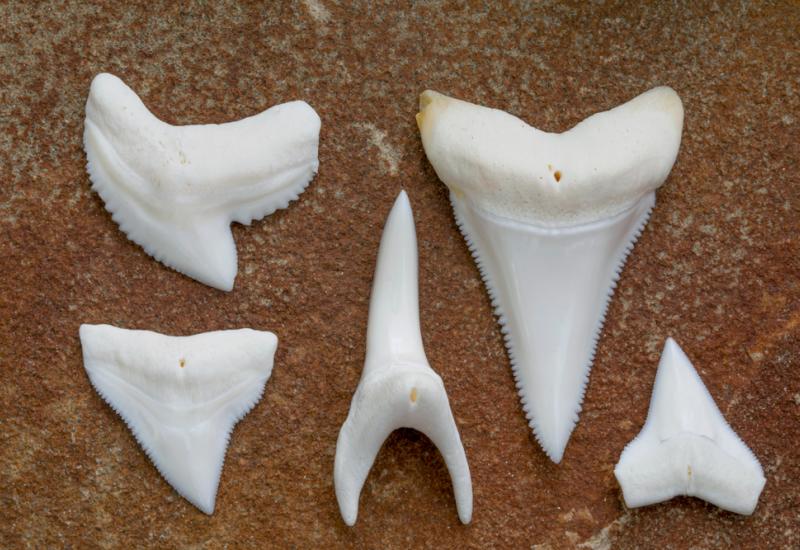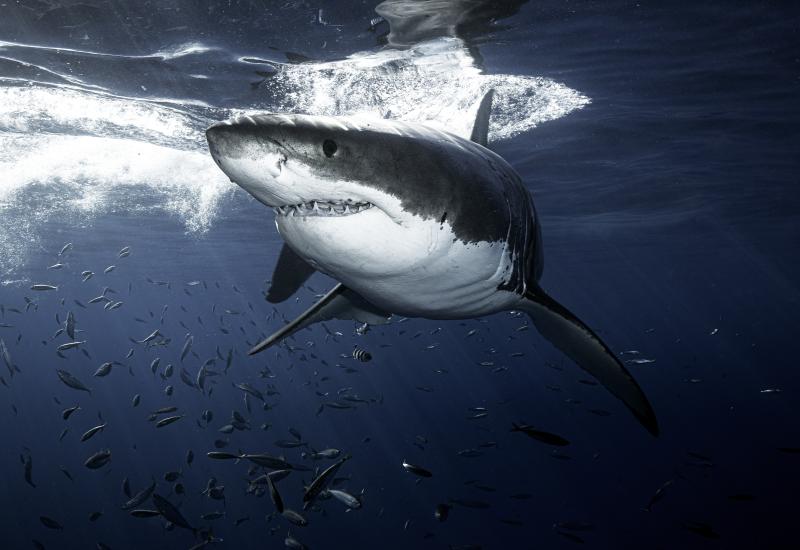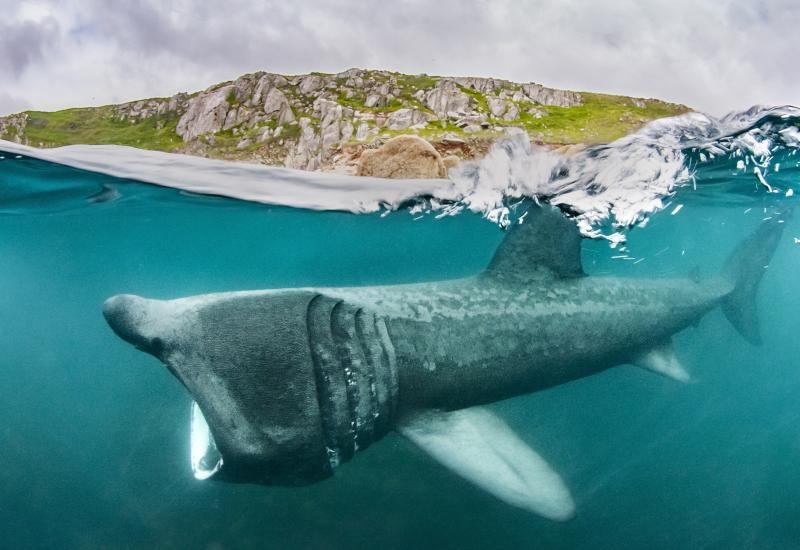More than Meets the Eye: Whale Shark Eyeballs Have Two Incredible Features
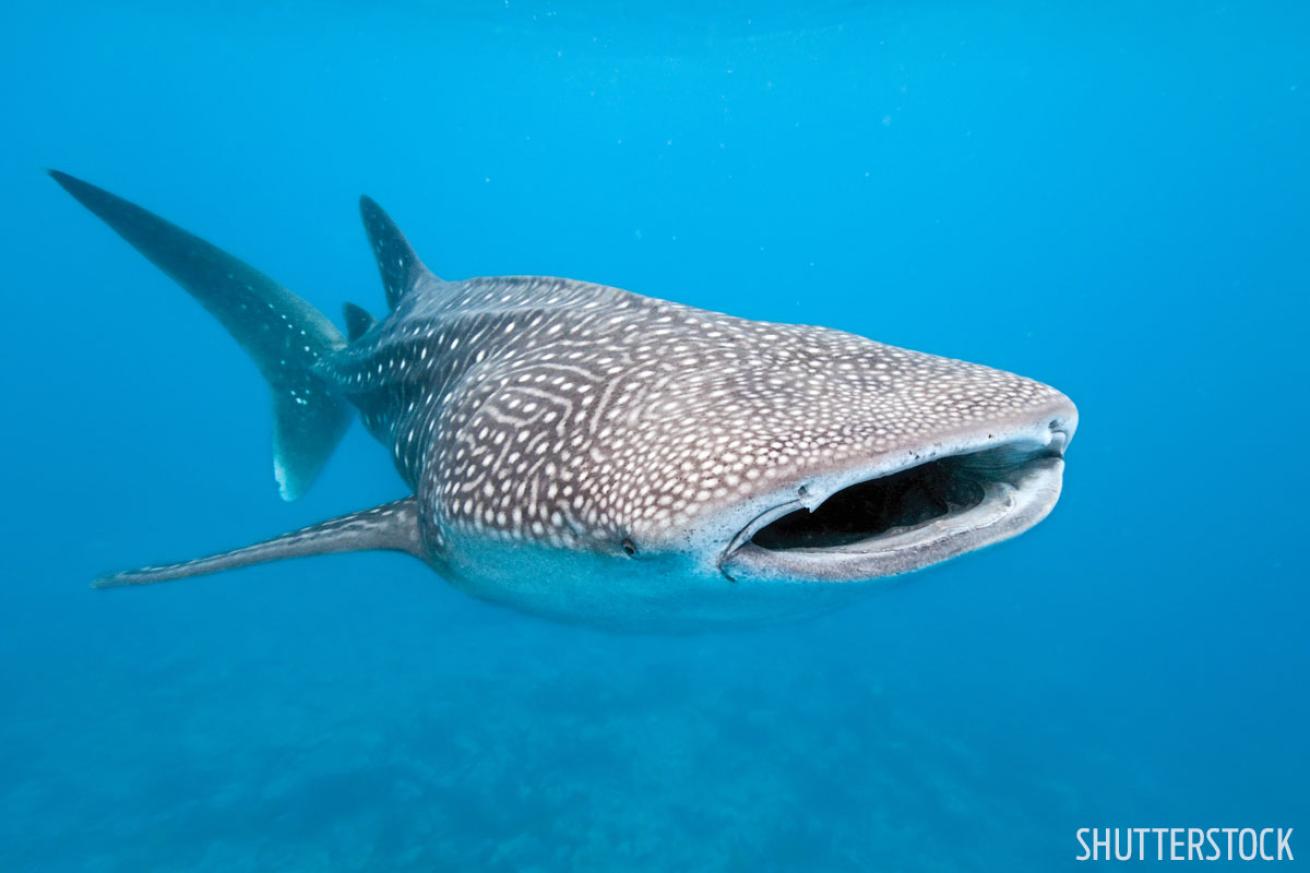
ShutterstockInaccurate articles abound about the recent discovery that whale sharks have dermal denticles on their eyeballs. No, that does not mean their eyes are covered in teeth. Here's what the revelation actually means.
Feast your eyes on two amazing new scientific facts about the world’s largest fish, the whale shark. In a recently published paper, an international team of eagle-eyed scientists reported some new and astonishing findings about one of the world’s most studied shark species. First, they can retract their eyes extremely far into the eye socket, pulling into their skull almost half the diameter of the eye! That’s pretty weird, but lots of animals (though no other sharks) can do something like that.
The second discovery, which has gotten tons of media coverage and led to some eye-popping misunderstandings, is that whale shark eyeballs are covered in thousands of toothlike scales called dermal denticles. Though denticles can be found on the nictitating membranes (eyelidlike structures) of some other sharks, this is the first time that they’ve ever been described directly on an animal’s eyeball!
“I was surprised to learn that there are still undescribed external features in one of the best-known sharks,” Dr. Taketeru Tomita, the report’s lead author and a researcher at Okinawa’s Churashima research center, tells me. To reach their findings, Tomita’s team observed captive whale sharks in two aquariums and examined a specimen from a whale shark that had died. “I was lucky; this discovery was completely unexpected!”
Why would an animal have features like this? Probably to protect it from damage, Tomita says. “These highly protected features support the recent hypothesis that vision is extremely important for whale sharks,” he says, a surprising claim about a species that has been thought not to especially rely on its sense of sight. The paper notes that the denticles on whale shark eyes are different in shape and structure from those covering whale shark skin, and the report suggests that their function is similar to denticles that protect from abrasion-type injuries in other species.
“We usually think of whale sharks as being driven more by the sense of smell than the sense of sight,” Dr. Alistair Dove, a whale shark expert at the Georgia Aquarium and a co-author on this study, tells me, pointing out that filter feeders need to find large aggregations of small prey but don’t need to chase them. “Clearly they have very sophisticated sensory systems!”
So this is a neat new discovery, but regular Science Stop readers know that these columns aim not just to share interesting information but to correct misconceptions, so let’s take a bird’s-eye view here. The largest problem here has to do with a common misunderstanding about what exactly a dermal denticle is—they are toothlike, but they are absolutely not the same thing as actual teeth, says Dr. Lisa Whitenack, a professor of biology and geology at Allegheny College and an expert on shark teeth biomechanics.
“There’s a lot of information out there that links ‘teeth’ and ‘dermal denticles,’ but that doesn’t make them the same thing,” she tells me. “Shark scales (also called placoid scales or dermal denticles) and shark teeth are very similar when you break them down into what they're made of. Shark teeth have an outer covering of enameloid, and under that are various types of dentine. Sometimes there's also a pulp cavity, but that depends on the type of shark it is. This is your basic vertebrate tooth makeup—some sort of enamel or enameloid on the outside, some sort of dentine under that. Shark scales also have an outer layer of enameloid and dentine underneath that. Some even have a pulp cavity. However, the histology and development of shark teeth and shark scales are not the same—there are differences in gene expression, and they may regenerate differently.” She notes that images that show dermal denticles looking toothlike are only accurate from one angle—when you look at denticles like this they look like teeth, but they don’t when you look at them like this.
Now that you know denticles are not really teeth, read some headlines discussing this new discovery and feel Whitenack’s pain. "Whale sharks have eyeballs covered in tiny teeth," or "Teeth on shark eyeballs protects the gentle giants of the ocean," or "whale sharks have literal teeth on their eyeballs as if sharks didn’t have enough teeth." It’s enough to make you cry your eyes out.
This new discovery shows that there’s still much more to learn even from some of the most famous, best studied sharks in the ocean, a species that has long been in the public eye. It suggests that while whale sharks are typically thought of as smell-oriented rather than vision-oriented predators, their biology and ecology is more complicated (and interesting) than that, and I encourage you to keep an eye out for even more amazing discoveries in the coming years. But if you, like many divers, want to learn about sharks, make sure that you fully understand what a dermal denticle is and isn’t—otherwise you might find that someone has pulled the wool over your eyes!
About Dr. David Shiffman
Dr. David Shiffman is a marine conservation biologist specializing in the ecology and conservation of sharks. An award-winning public science educator, David has spoken to thousands of people around the world about marine biology and conservation and has bylines with the Washington Post, Scientific American, New Scientist, Gizmodo and more. Follow him on Twitter, Facebook and Instagram, where he’s always happy to answer any questions about sharks.
About Science Stop with Dr. David Shiffman
Before you surface from a deep scuba dive, you make a safety stop. Before you take a deep dive into the complicated world of ocean conservation, I encourage you to make a science stop by reading this column. The global environmental challenges we face can seem overwhelming, and concerned citizens, especially people like scuba divers who love spending time in the ocean, want to help do their part to fix these problems.

Josh LibermanDr. David Shiffman
However, with lots of conflicting, misleading or just plain wrong information out there about environmental problems and how you can help solve them, it can be hard to know how to help. In some cases, well-intentioned but misinformed activists not only fail to help solve a problem, but can actually make the problem worse, or harder to solve! Put simply, if we’re going to fix the massive problems facing the ocean, the details matter, and those details can be confusing! In this monthly column, my goal is to teach you the true scientific facts behind some of the most pressing threats facing the ocean and the solutions experts believe will help solve them. I will also try to dispel common misconceptions about these threats and their solutions.
The views expressed in this article are those of David Shiffman, and not necessarily the views of Sport Diver or Scuba Diving magazines.

